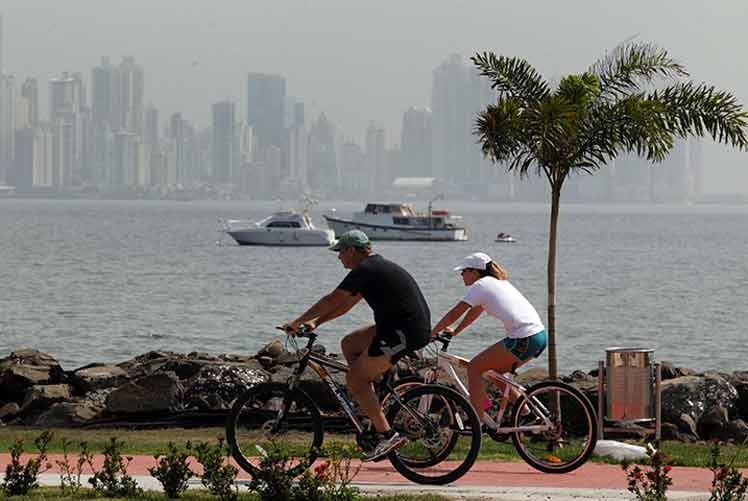There is a high probability that the El Niño will last until October, said meteorologist Alcelys Lao, manager of research and climatic applications of the hydro-meteorological service of the Empresa de Transmisión Eléctrica S.A.
Light rains are expected between April and May, while June would be the most critical month with low rainfall, due to the influence of the weak category event, he said, and clarified that the greatest impact will be for the region of Azuero.
‘The phenomenon is currently present worldwide and can last until October. We know that water is the most important asset of this country, with which all activity takes place and can affect the level of rivers, ‘he said.
In order to counter this situation, the specialist said that they hold workshops with technicians from the Ministry of Agricultural Development to take action, because it is too late for water storage, insisted on the need to adapt to climate changes in that sector, and cited the search for resistant varieties to the absence of rains.
For its part, the Panama Canal reported that the period from December to March has been the driest in the past 106 years, causing the Gatun and Alhajuela lakes to be below their average levels and supply for naval operations decreased substantially.
‘We are experiencing deficit levels of 1.1 meters in the (mirror of water) Gatun Lake and almost two meters in Alhajuela,’ Carlos Vargas, vice president of the Panama Canal Authority (ACP), told Telemetro.
Gatun is the largest reservoir on the route, where ships sail on the trans-isthmian route and Alhajuela is its main supplier that dammed the waters of a large part of the basin.
Vargas explained that the lack of rain joins the necessary liquid going to the sea in the transit of ships, increasing human consumption that is supplied from the evaporation by the sun and the winds.
The antecedent of greater consequences of El Niño for Panama occurred in the dry season of 1997-1998, until that moment the most intense of the century, when it was necessary to program electrical blackouts of up to two hours a day between the end of April and the beginning of May 1998, because hydroelectric generation had a deficit of 8 percent.
Among other consequences, on that occasion the economic losses in agriculture amounted to 13.5 million dollars, wildfires devastated more than 41,000 hectares and in general almost 42,000 families were affected, in a population of around three million inhabitants, as shown by specialized studies.
